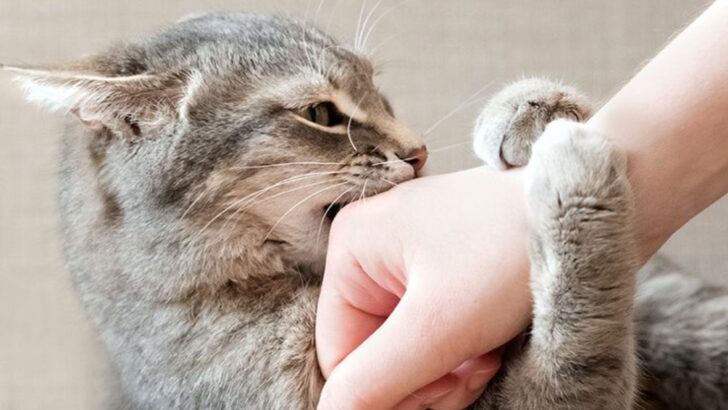If your cat’s acting like a tiny, furry tornado—it might be your fault.
Hissing. Swatting. Sudden attacks from under the couch. It’s not random, and your cat isn’t just “mean.” Something’s off—and it usually starts with us.
Too much rough play. Ignoring body language. Punishing instead of understanding. These simple slip-ups can turn even the sweetest kitten into a claw-swinging menace.
The good news? You can fix it.
With a few smart changes and a little patience, your feisty feline can learn to trust, relax, and yes—be nice.
This guide breaks down 10 common mistakes that spark aggression in cats—and gives you 5 training techniques that actually work to build a calmer, happier, purring companion.
Mistake 1: Ignoring Early Signs of Stress

Cats communicate their discomfort in subtle ways. Ignoring early signs of stress, such as wide eyes or flattened ears, can lead to aggression. When a cat feels its warnings are unnoticed, it may resort to biting or scratching to express discomfort.
Understanding feline body language is essential. It allows owners to address the root cause of stress before it escalates. Whether it’s a new environment or a change in routine, noticing these signs can prevent aggressive behaviors.
Regular interaction and attention to these signs create a sense of security for your cat.
Mistake 2: Lack of Socialization in Early Life
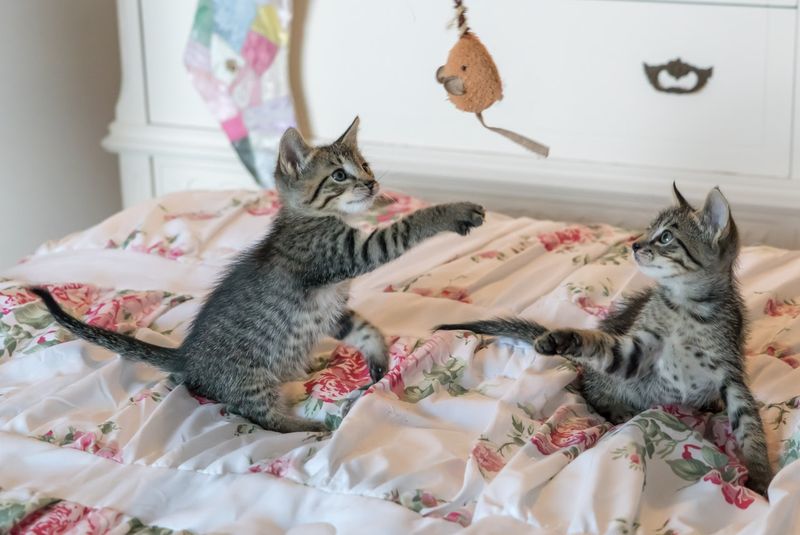
Socialization is crucial for kittens. Without exposure to various stimuli, cats can become fearful adults. Fear often manifests as aggression, as the cat tries to protect itself from unknown threats.
Introducing kittens to different environments, people, and other animals helps them grow into confident adults. This early exposure minimizes fear-based aggression and promotes sociable behavior.
A well-socialized kitten will likely be a gentle and adaptable adult, making socialization one of the most important steps for cat owners.
Mistake 3: Rough Play with Hands
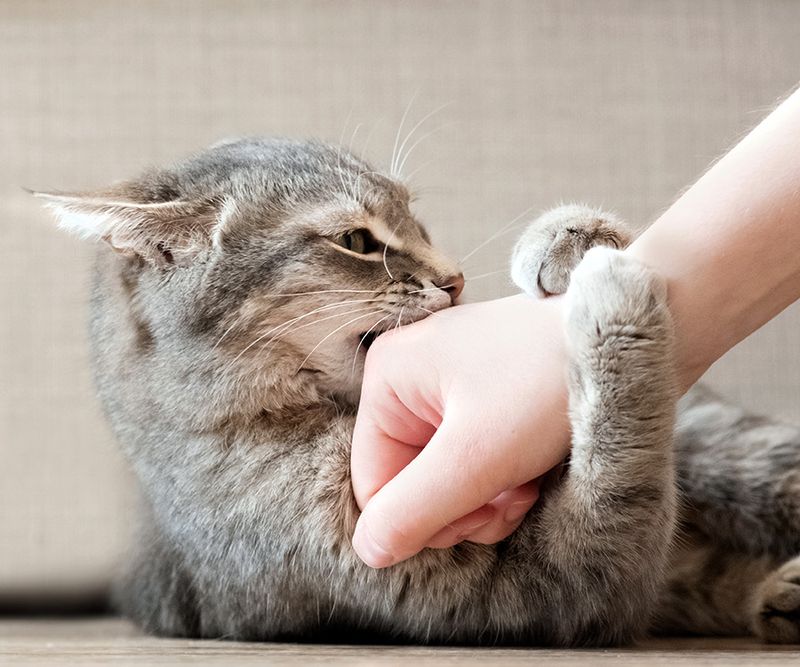
Using hands to play with cats may seem harmless, but it teaches them that hands are toys. This can lead to biting and scratching, as cats may not distinguish between playtime and aggression.
Providing appropriate toys ensures cats can play without associating human body parts with prey. Toys like feather wands or laser pointers channel their natural hunting instincts.
Cultivating this habit from an early age prevents aggressive play, fostering a trusting relationship between owner and pet.
Mistake 4: Ignoring Health Issues
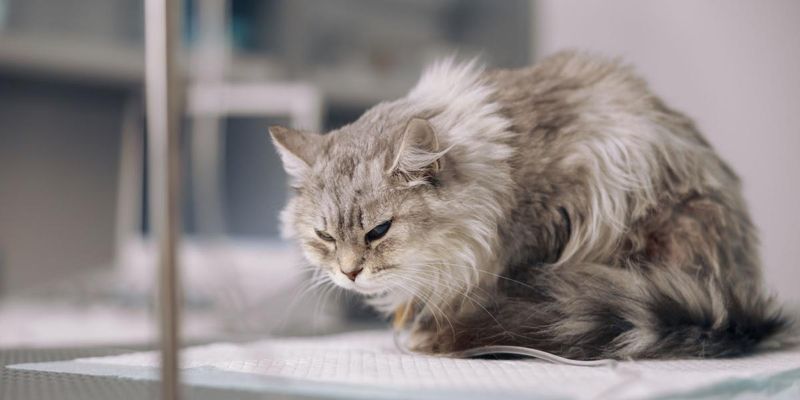
Health issues often manifest as behavioral changes. A cat in pain may react with aggression if it feels vulnerable. Ignoring these signs can exacerbate the problem.
Routine vet check-ups ensure health problems are identified and treated early. Pain management and addressing underlying issues can transform an aggressive cat into a calmer pet.
By listening to your cat’s signals, you can address their health needs, thereby reducing aggression linked to discomfort.
Mistake 5: Lack of Environmental Stimulation
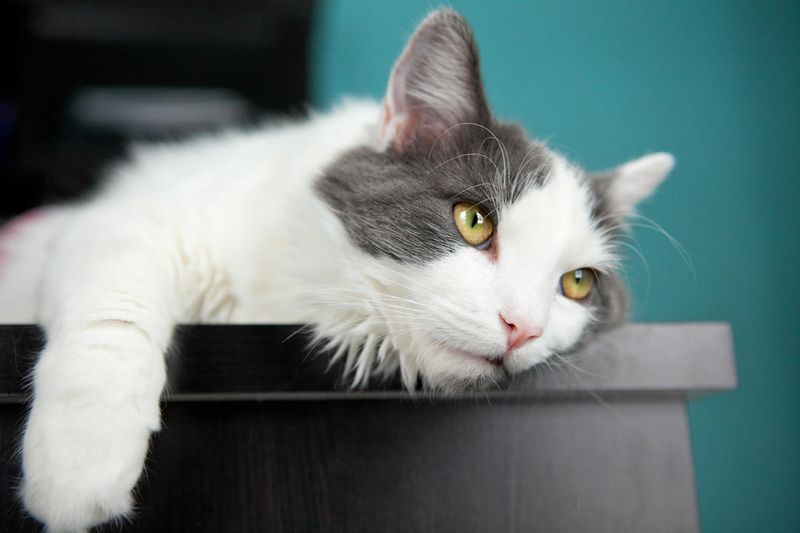
Boredom can lead to aggression. Cats need mental and physical stimulation to thrive. Without it, they may develop destructive or aggressive behaviors out of frustration.
Providing a stimulating environment with toys, scratching posts, and climbing structures can keep a cat entertained. Regular playtime and interaction also prevent boredom.
Engaging your cat’s mind reduces the likelihood of aggression, fostering a happier household.
Mistake 6: Punishing Aggressive Behavior

Punishment often backfires with cats, leading to increased fear and aggression. Instead of understanding the cause, the cat learns to associate humans with negative experiences.
Positive reinforcement, such as rewarding calm behavior, is more effective. This method builds trust and encourages gentle behavior without fear.
By focusing on rewards rather than punishment, owners can transform a tense relationship into a cooperative one.
Mistake 7: Overstimulation

Cats can become aggressive when overstimulated. Petting for too long, especially in sensitive areas, might lead to biting or scratching. Each cat has a unique threshold for touch.
Recognizing signs of overstimulation, like tail flicking or skin twitching, helps in moderating interaction. Giving a cat space when needed prevents unwanted aggression.
Balancing affection with respect for the cat’s limits fosters a peaceful coexistence.
Mistake 8: Neglecting Routine
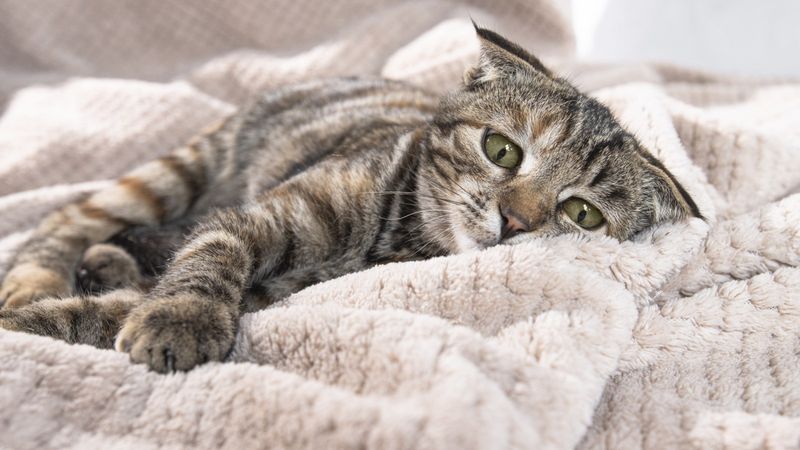
Cats thrive on routine, and disruptions can lead to anxiety and aggression. Changes like moving or schedule alterations affect their sense of security.
Maintaining a consistent routine, even during changes, reassures a cat. Feeding, playtime, and sleeping schedules should be kept as regular as possible.
Predictability in their daily life helps reduce stress-related aggression.
Mistake 9: Inconsistent Training
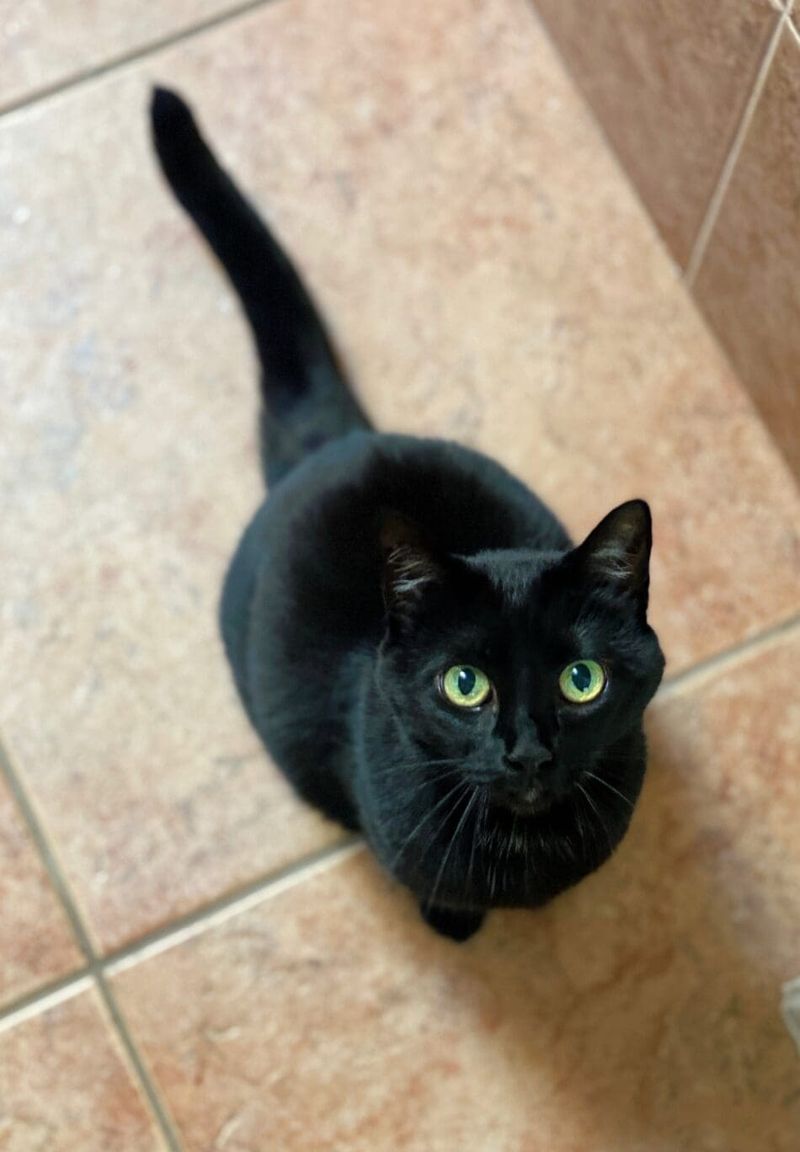
Inconsistent training confuses cats, leading to frustration and aggression. When commands or expectations change frequently, a cat doesn’t know how to respond.
Consistent training techniques, using the same commands and rewards, create clarity. This reduces anxiety and encourages gentle behavior.
Cats learn best through repetition and clear communication, fostering a calm and cooperative pet.
Mistake 10: Unmet Social Needs
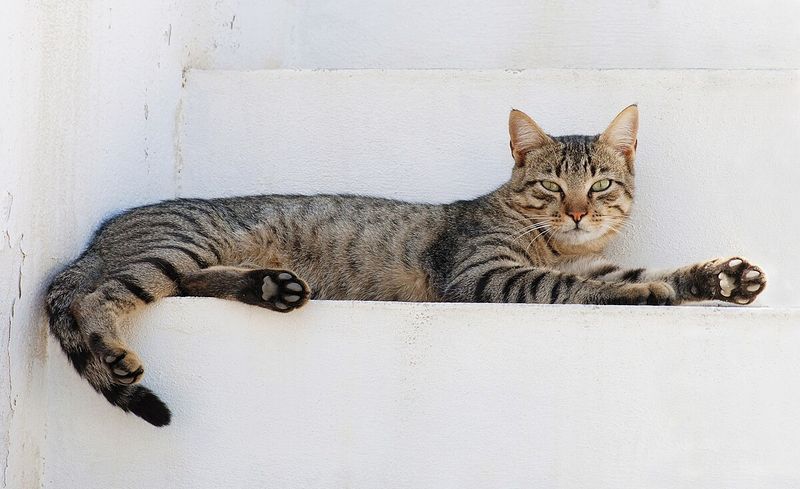
Cats, though independent, need social interaction. Lack of engagement can lead to loneliness and aggression as a form of attention-seeking.
Regular interaction with humans and other pets satisfies a cat’s social needs. Playtime, grooming, and companionship are key components.
Meeting these needs nurtures a more content and gentle cat, preventing aggression born from loneliness.
Technique 1: Clicker Training
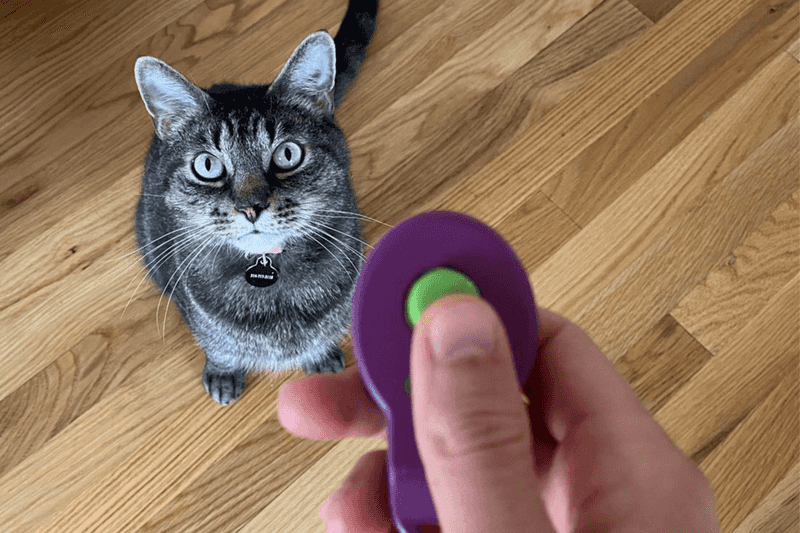
Clicker training uses a sound to signal correct behavior, followed by a reward. This method enhances communication and builds trust, fostering a gentle cat.
The clicker acts as a bridge between action and reward, helping cats understand expectations. Over time, this positive reinforcement creates a cooperative pet.
Clicker training is an engaging way to bond with your cat, promoting gentle behavior through clear communication.
Technique 2: Interactive Play Sessions
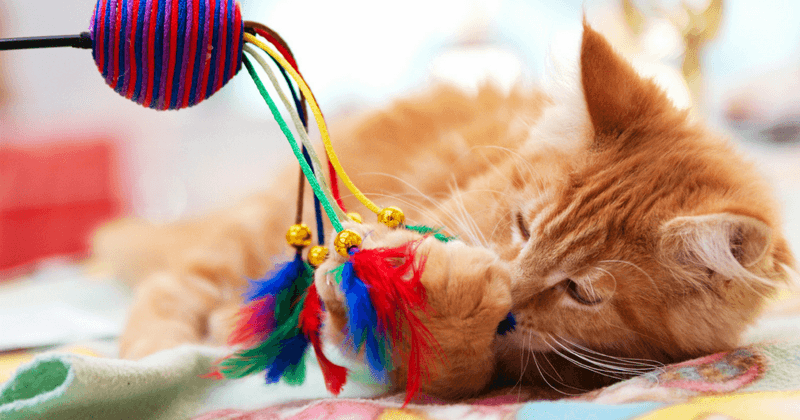
Interactive play sessions provide mental and physical stimulation, reducing aggressive tendencies. Using wand toys or interactive puzzles channels a cat’s energy positively.
These sessions mimic hunting, satisfying a cat’s natural instincts in a controlled environment. Regular play strengthens the bond between cat and owner.
By engaging your cat in interactive play, you cultivate a more balanced and gentle pet.
Technique 3: Gradual Desensitization
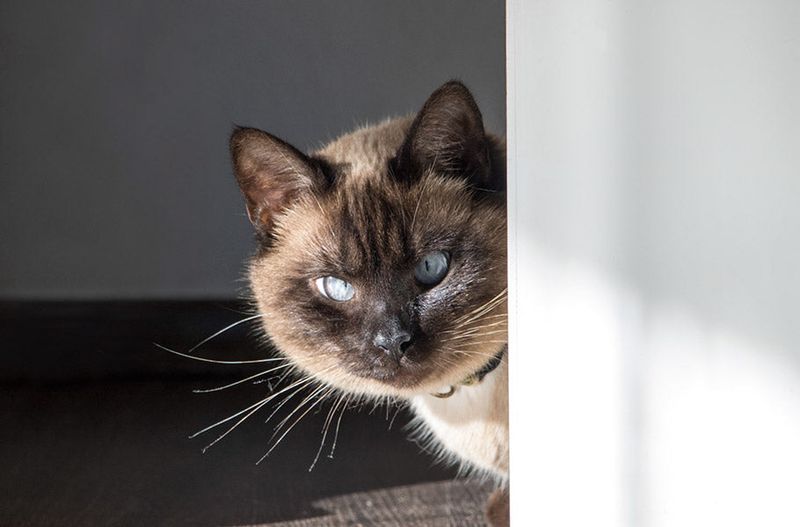
Desensitization involves gradual exposure to stimuli that may cause fear or aggression. Starting with low-intensity exposure and slowly increasing helps cats adjust.
This technique reduces anxiety by allowing a cat to acclimate at its own pace, fostering confidence. Positive reinforcement during this process encourages calm behavior.
Through gradual desensitization, cats learn to be gentle in previously stressful situations.
Technique 4: Positive Reinforcement

Positive reinforcement focuses on rewarding desirable behaviors with treats or praise. This method encourages repetition of those behaviors, leading to a gentle temperament.
Unlike punishment, it builds trust and encourages a cat to act positively. Owners can reinforce actions like sitting calmly or interacting gently.
By highlighting what the cat does right, positive reinforcement cultivates a loving and peaceful environment.
Technique 5: Creating Safe Spaces
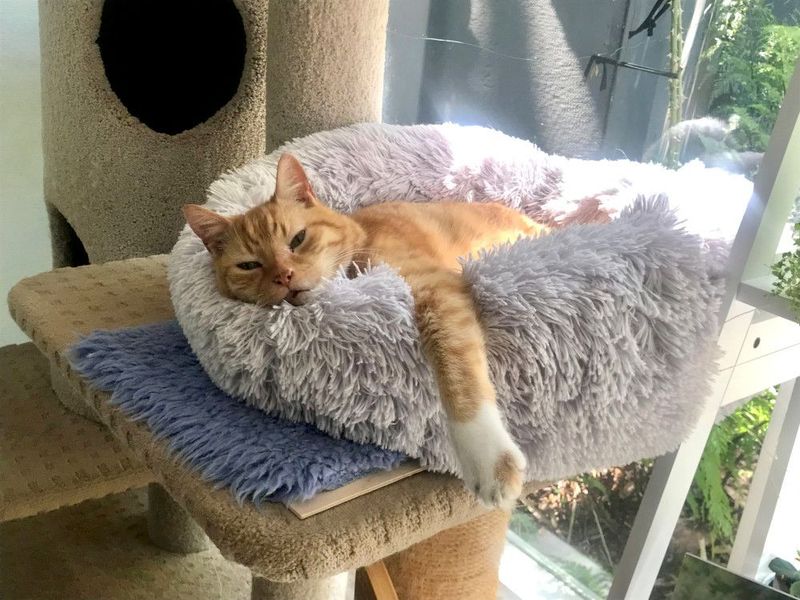
Cats need safe spaces where they can retreat from stress. Creating a cozy area with a bed or blankets allows them to relax and feel secure.
These spaces provide sanctuary during overwhelming situations, reducing aggression due to fear. Encouraging your cat to use these spaces promotes independence and calm.
A well-placed safe zone can turn an anxious cat into a more gentle companion by providing a constant sense of security.

